Key Takeaways
- You can give your dog a small piece of ripe, fresh fig once in a while, but only as a special treat.
- Never let your dog eat unripe figs, fig leaves, or any part of the fig tree. These can be harsh on their system.
- Figs have a lot of fiber and sugar, so even a little bit might upset your dog’s stomach if they’re not used to it.
- Skip dried figs for your dog. They’re much sweeter and higher in calories than fresh ones.
- For a medium-sized dog, stick to one or two small fresh figs a week at most. Give even less to smaller dogs.
- Keep an eye out for vomiting, diarrhea, tummy pain, or skin problems, especially if your dog hasn’t had figs before.
- Talk to your vet before giving your dog figs or any new food, especially if your dog has tummy troubles, diabetes, weight issues, or pancreatitis.
- If your dog chews on fig tree leaves or branches, the sap can bother their skin and upset their stomach.
Table of Contents
- What’s Inside a Fig? Understanding the Nutrition
- The Potential Benefits: When Figs Might Help Your Dog
- The Primary Concern: What Makes Figs Risky for Dogs?
- ⚠️ WARNING: Recognizing Signs That Your Dog Is Having a Negative Reaction
- Special Health Concerns: Who Should Avoid Figs Entirely?
- How to Safely Offer Figs to Your Dog (If Your Vet Approves)
- Practical Alternatives: Better Treat Options for Dogs
- FAQS.
It’s normal to want to share your favorite foods with your dog. If you have fresh figs at home, you might be curious if your dog can have a bite. The short answer is that small pieces of ripe fig are usually safe, but there are some important things to keep in mind before you offer any to your pet.
Figs are not poisonous to dogs, so eating a small piece won’t cause instant harm. Still, figs are not the best treat for your dog. They have some fiber, but they also contain a lot of sugar and other things that might upset your dog’s stomach. Plus, other parts of the fig plant can actually be dangerous for dogs.
In this guide, I’ll explain the good and bad sides of giving figs to dogs, break down why some parts of the fig plant are a problem, and give you simple tips to keep your dog safe if you want to share a fig now and then.
What’s Inside a Fig? Understanding the Nutrition
If you’re wondering why figs need to be given in small amounts, it’s useful to look at what’s inside. One medium fresh fig has about 37 calories, 10 grams of carbs, 1.5 grams of fiber, and 7 grams of natural sugar. For a small dog, that’s a lot more than you might think.
Was this information helpful? You can support all our efforts to help people and pets by donating today.
Figs have two types of fiber: soluble and insoluble. Soluble fiber mixes with water and helps with digestion and blood sugar. Insoluble fiber helps keep things moving in the gut. That’s why a little fig can help with mild constipation. But because figs are so high in fiber, too much can cause problems for your dog.
Sugar is another thing to watch. Fresh figs have natural sugars like glucose and fructose. These aren’t poisonous, but they do add calories fast. If your dog is overweight, has diabetes, or has had pancreatitis, extra sugar can be a real problem.
Key nutrients in figs include:
- Dietary fiber (soluble and insoluble)
- Vitamin K (supports bone health and blood clotting)
- Potassium (important for heart and muscle function)
- Manganese (supports bone and mineral metabolism)
- Antioxidants and polyphenols (compounds with anti-inflammatory properties)
These nutrients are good for people and can help dogs too, but figs are so packed with nutrients that even one can make a big difference for a small dog.
The Potential Benefits: When Figs Might Help Your Dog
Scientific studies show that fig can help with constipation in dogs. One study looked at beagles given fig paste and found it increased the amount of stool and helped it move through the digestive system more easily.
The dogs in the study improved without any problems with eating, drinking, weight, or blood tests. This means figs, used carefully, could be a safe way to help with mild constipation in dogs.
How does fiber help constipation?
If your dog is constipated, waste moves too slowly through the colon. The insoluble fiber in figs helps by adding bulk to the stool, which signals the intestines to push things along. This makes it easier for your dog to have regular bowel movements. The soluble fiber in figs can also be broken down by good bacteria in your dog’s gut, which helps keep digestion healthy and things moving.
Important context about these benefits:
Keep in mind that the research on figs for constipation used fig paste given in specific amounts by veterinarians. This is not the same as giving your dog a whole fig as a treat or letting them eat one by accident. The dogs in the study were carefully monitored, so results may not be the same at home.
If your dog is having trouble with constipation, your vet should first check for medical problems like dehydration, not enough exercise, poor diet, or a blockage. If these are ruled out and the issue is related to diet or lifestyle, your vet may suggest adding more fiber, making sure your dog drinks enough water, and getting more exercise before trying figs as an extra option.
The Primary Concern: What Makes Figs Risky for Dogs?
The main thing to know is that ripe and unripe figs are not the same for dogs. Both have enzymes, but unripe figs have a lot more ficin, which can be a problem.
Ficin works like the enzyme in papaya that breaks down protein. While this helps tenderize meat, it can irritate your dog’s stomach.
Why are unripe figs more dangerous?
Unripe figs have much more ficin and other things that can bother your dog. If your dog eats an unripe fig, it can irritate their mouth, throat, and stomach. This can cause:
- Vomiting
- Diarrhea
- Abdominal discomfort or pain
- Excessive drooling
- Loss of appetite
Ripe figs are safer because:
When figs ripen, they have less of the enzyme and get sweeter. This makes them safer. Only give your dog figs that are fully ripe, soft, and sweet.
The Problem with Fig Tree Leaves and Sap
If you have a fig tree at home or nearby, remember that the whole plant can be risky, not just the fruit.
The leaves, branches, and especially the white sap from fig trees have even more of these enzymes than the fruit. The sap also has chemicals that can cause skin problems if your dog is in the sun.
Health risks from fig tree sap and leaves include:
- Gastrointestinal upset: If your dog chews leaves or branches, they can experience the same enzyme-related irritation as with unripe figs, potentially causing vomiting, diarrhea, and abdominal discomfort
- Skin irritation: Direct contact with fig tree sap can cause localized skin irritation, redness, or even dermatitis in sensitive dogs
- Photosensitivity reactions: In rare cases, if your dog’s skin is exposed to fig tree sap and then to strong sunlight, they may develop a photodermatitis reaction (similar to a severe sunburn with potential blistering)
- Oral and esophageal irritation: If your dog chews on fresh leaves or branches, the milky sap can cause drooling, difficulty swallowing, or throat irritation
So, keep your dog away from fig tree parts. If you have a fig tree, fence it off or watch your dog when outside.
⚠️ WARNING: Recognizing Signs That Your Dog Is Having a Negative Reaction
What to watch for if your dog has eaten figs or fig tree parts
If your dog has consumed figs or been exposed to fig tree material, certain symptoms should prompt immediate attention. Learn to recognize these warning signs:
Gastrointestinal Symptoms
- Vomiting (especially within 1-4 hours of consumption)
- Diarrhea (may be mild to severe; watery or mucousy stools)
- Abdominal pain or discomfort (your dog may assume a “play bow” position with rear end elevated, whimper, or seem restless)
- Reduced appetite or complete refusal to eat
- Excessive drooling (beyond normal levels)
- Straining to defecate
- Changes in stool color (dark or tarry stools can indicate internal irritation)
- Redness or swelling of the gums, lips, or mouth
- Difficulty chewing or swallowing
- Visible lesions or blistering in the mouth (if fig sap contacted tissues)
- Skin redness, swelling, or blistering on paws, face, or other areas that contacted fig tree sap
- Excessive scratching or licking at affected skin areas
Systemic Symptoms
- Lethargy or unusual tiredness
- Behavioral changes (withdrawn behavior, hiding, unusual anxiety)
- Fever (warm ears and nose, letharness despite normal activity level)
When to contact your veterinarian:
If your dog has any of these symptoms after eating figs or coming into contact with fig tree parts, call your vet right away. Most of the time, dogs just have mild stomach upset that goes away in a day or two, but your vet should check your dog to be sure.
It is especially important to get help quickly if your dog is very young or old, has had stomach or pancreas problems before, if the symptoms are getting worse or lasting more than two days, or if your dog seems to be in a lot of pain.
Special Health Concerns: Who Should Avoid Figs Entirely?
While small amounts of ripe fresh fig might be acceptable for some healthy adult dogs, specific health conditions make figs inappropriate.
Dogs with Pancreatitis History
The pancreas produces digestive enzymes and regulates blood sugar. Pancreatitis—inflammation of the pancreas—is often triggered or worsened by high-fat or high-sugar diets. Because figs are relatively high in sugar and add unnecessary calories to your dog’s diet, they’re generally not recommended for dogs with a history of pancreatitis.
If your dog has experienced pancreatitis, even once, discuss all treats with your veterinarian, including figs.
Dogs with Diabetes
Dogs with diabetes have difficulty regulating blood sugar. The natural sugars in figs can cause blood glucose spikes, potentially requiring adjustment of insulin doses. These dogs should avoid figs and other high-sugar foods.
Dogs with Gastrointestinal Disease or Sensitivities
Dogs with inflammatory bowel disease (IBD), chronic diarrhea, or other digestive conditions often require carefully controlled diets. The fiber and enzymes in figs could trigger flare-ups. Additionally, dogs on restricted diets for food allergies or sensitivities may have unknown reactions to figs.
Overweight or Obese Dogs
Extra calories contribute to weight gain, and overweight dogs are at higher risk for numerous health conditions. For these dogs, every calorie in their diet should provide nutritional benefit toward their health goals. Figs offer calories but aren’t nutritionally necessary for dogs.
Dogs on Specific Medications
If your dog takes medications that affect digestion (such as digestive enzyme supplements or probiotics), sudden introduction of high-fiber foods like figs could interfere with medication effectiveness or nutrient absorption. Discuss with your vet first.
How to Safely Offer Figs to Your Dog (If Your Vet Approves)
If your vet says your healthy adult dog can have figs, here are some steps to help keep things safe:
Before You Offer a Fig
- Check with your vet first. Not every dog should eat figs, so ask if figs are okay for your dog’s age, size, health, and diet.
- Pick a time when you can be home to watch your dog for the next several hours after giving a fig. This way, you can spot any signs of stomach upset or other problems.
- Use only fresh, ripe figs. Look for ones that are soft, dark in color, and smell sweet. Skip any that are hard or pale.
- Wash the fig well to get rid of any dirt or chemicals.
- Take off the stem and cut the fig into tiny pieces. For small dogs, make the pieces smaller than a marble. For medium or large dogs, aim for pea-sized pieces.
The Introduction Process
Begin with just a tiny piece, about the size of a pea. Give it to your dog and watch for the next 6 to 8 hours for any stomach issues, changes in behavior, or skin problems.
If your dog seems fine after this, you can slowly give a little more next time, but do not go over these limits:
- Small dogs (under 15 lbs): One small piece, no more than once every 1-2 weeks
- Medium dogs (15-50 lbs): Two small pieces, no more than once per week
- Large dogs (over 50 lbs): Up to half of a small fig, no more than once per week
What to Absolutely Avoid
- Do not give your dog dried figs. Drying figs makes the sugar much more concentrated, so dried figs have about 50 grams of sugar per 100 grams, while fresh figs have only 16 grams. This is simply too much sugar for a dog.
- Avoid giving your dog any figs that have added sugar or honey. Many packaged fig products include these extra sweeteners, which are not safe for dogs.
- Only offer ripe figs to your dog. Unripe figs should be avoided.
- Always cut figs into small pieces before giving them to your dog. This helps prevent choking and makes it easier to control how much your dog eats.
- Do not give your dog fig jam, fig paste from processed foods, or other fig products. These usually have added sugars, preservatives, or other ingredients that are not good for dogs.
Never Use Figs as a Diet Staple or Regular Treat
Figs should only be given as an occasional treat, not as a regular part of your dog’s diet. Because they are high in sugar and fiber, they are not suitable for frequent feeding.
Practical Alternatives: Better Treat Options for Dogs
If your dog is experiencing constipation and you’re interested in dietary interventions, discuss these safer, more evidence-based options with your veterinarian:
- Pumpkin puree (plain, canned): A well-established and widely recommended option for both constipation and diarrhea; typically 1-4 tablespoons depending on dog size
- Increased dietary fiber through whole foods: Sweet potato, green beans, or commercial high-fiber dog foods formulated for digestive health
- Increased exercise and water intake: Often the simplest and most effective approaches
- Probiotics designed for dogs: Evidence-based probiotic strains can support digestive health
- Prescription gastrointestinal diets: If chronic constipation is an issue, your vet may recommend a therapeutic diet
These options have more established safety profiles and veterinary guidance than figs.
FAQS.
Can dogs eat fresh figs?
No, dried figs are not a good choice for dogs. Drying makes the sugar content much higher, which can upset your dog’s stomach. Dried figs are especially risky for dogs who need to watch their weight or have diabetes.
What if my dog accidentally ate a whole fig from my kitchen?
Try not to worry. If your healthy dog eats a fig by accident, it’s unlikely to cause serious problems. Just keep an eye on your dog for the next day or two for any signs of vomiting, diarrhea, or stomach pain. If you notice any symptoms, or if your dog is very young, old, small, or has health issues, call your vet.
Are fig trees poisonous to dogs?
The fruit isn’t very toxic, but the rest of the fig tree can be a problem for dogs. The leaves, branches, and sap have irritating substances that can upset your dog’s stomach or cause skin irritation. It’s best to stop your dog from chewing on any part of the fig tree.
My dog ate fig tree leaves—what should I do?
Call your vet right away. Fig leaves usually aren’t deadly, but they can really upset your dog’s stomach. Your vet can check your dog and let you know what to do next.
Can figs cause pancreatitis in dogs?
Not directly, but figs aren’t a good idea for dogs at risk. The extra sugar and calories can trigger pancreatitis in dogs who are prone to it. If your dog has had pancreatitis before, skip figs and talk to your vet about safe treats.
Is fig paste safe for dogs with constipation?
Some research shows fig paste can help with constipation, but only if your vet recommends it. The studies used careful dosing in a clinic, not at home. If your dog is constipated, ask your vet about the best treatment instead of trying figs on your own.



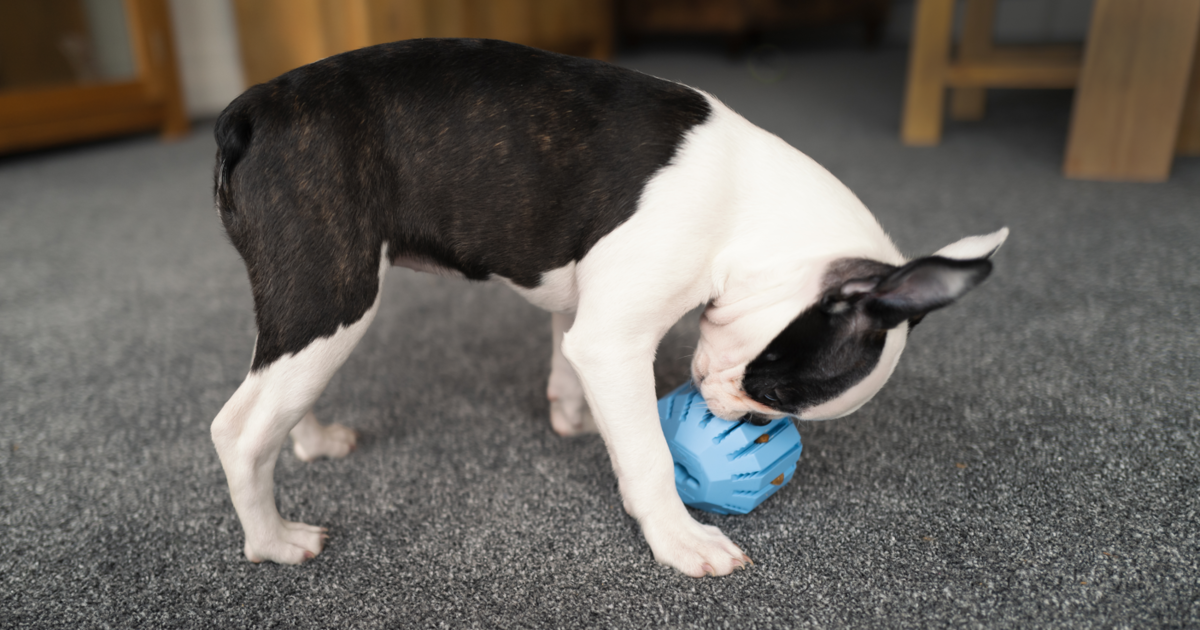
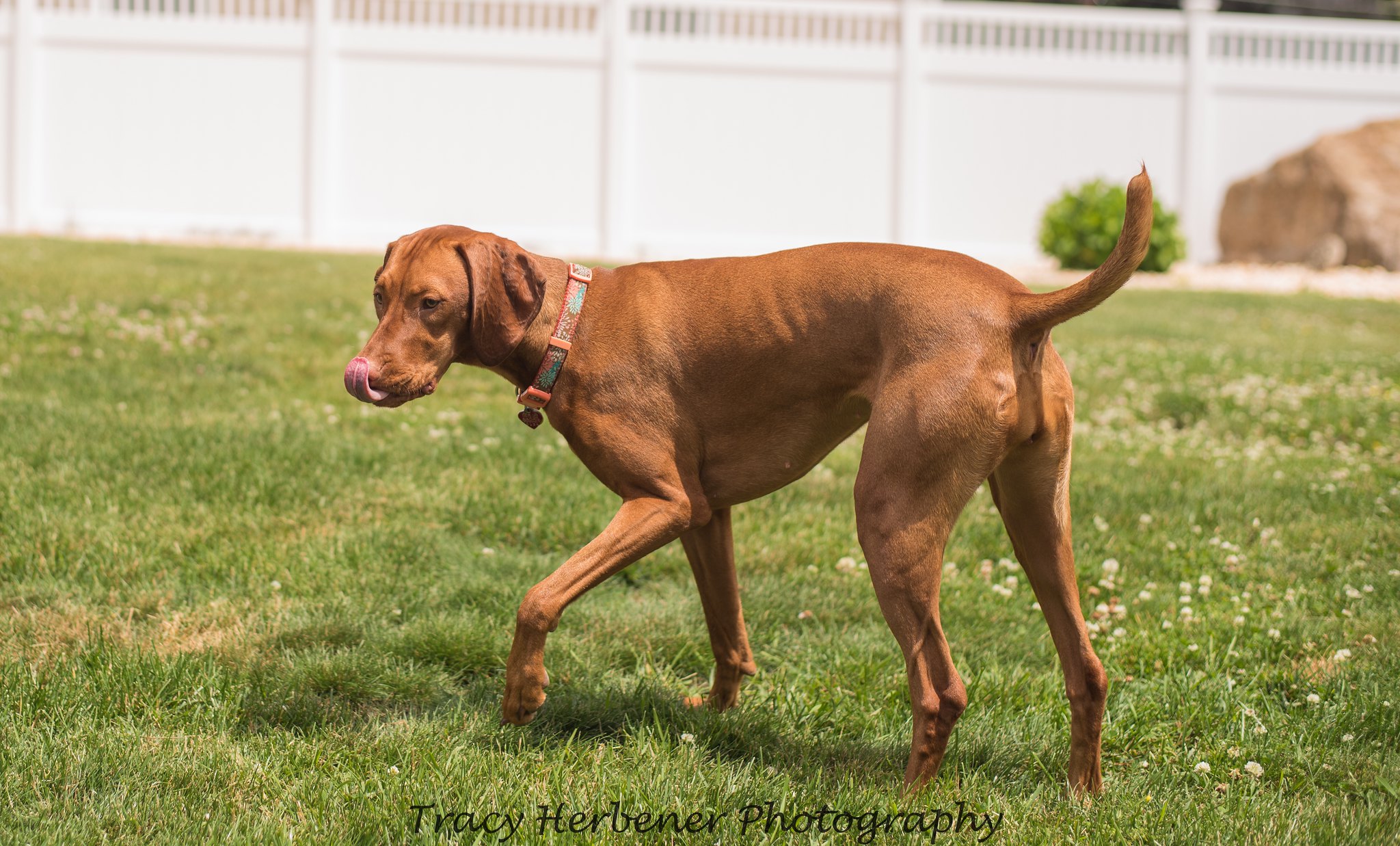
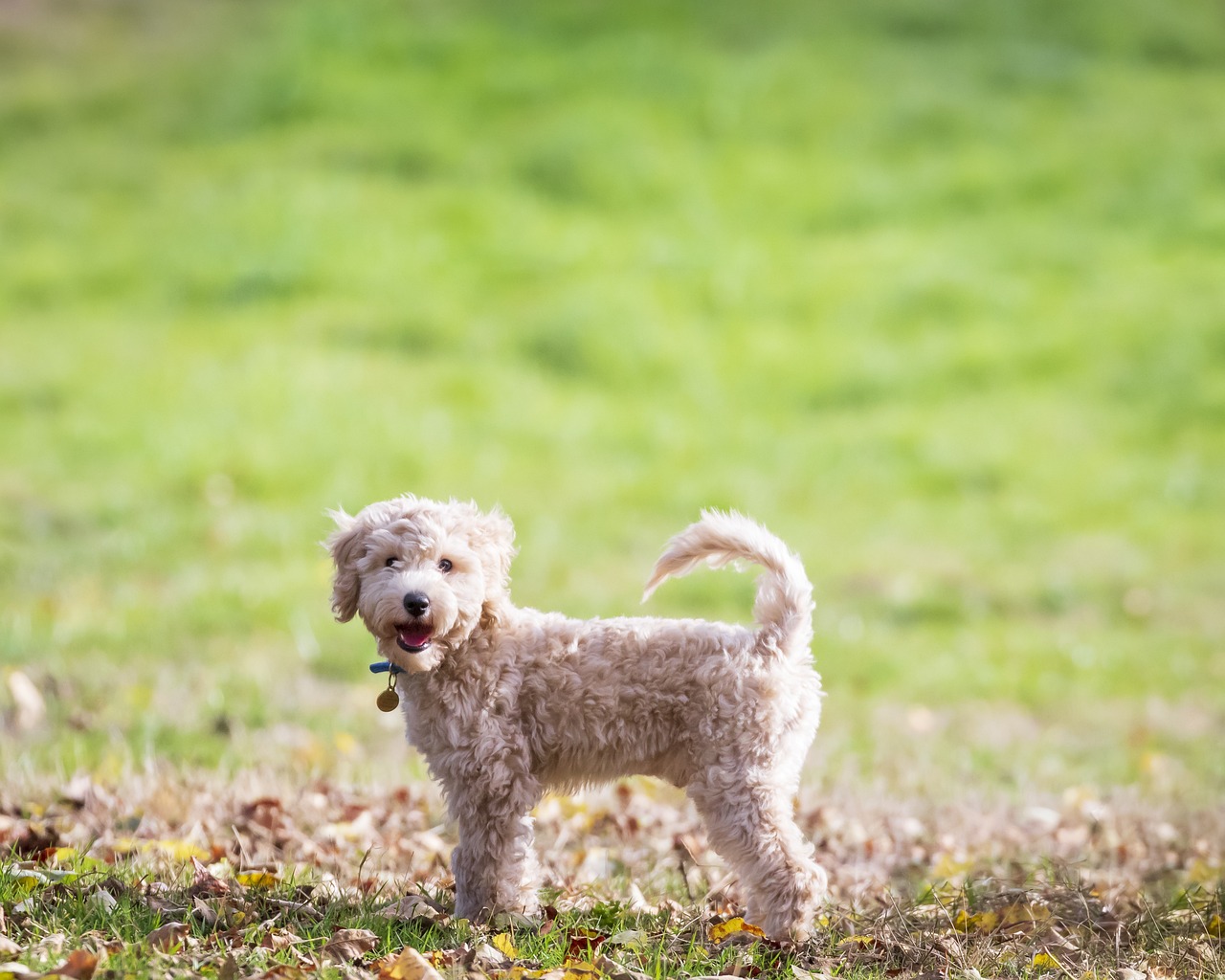



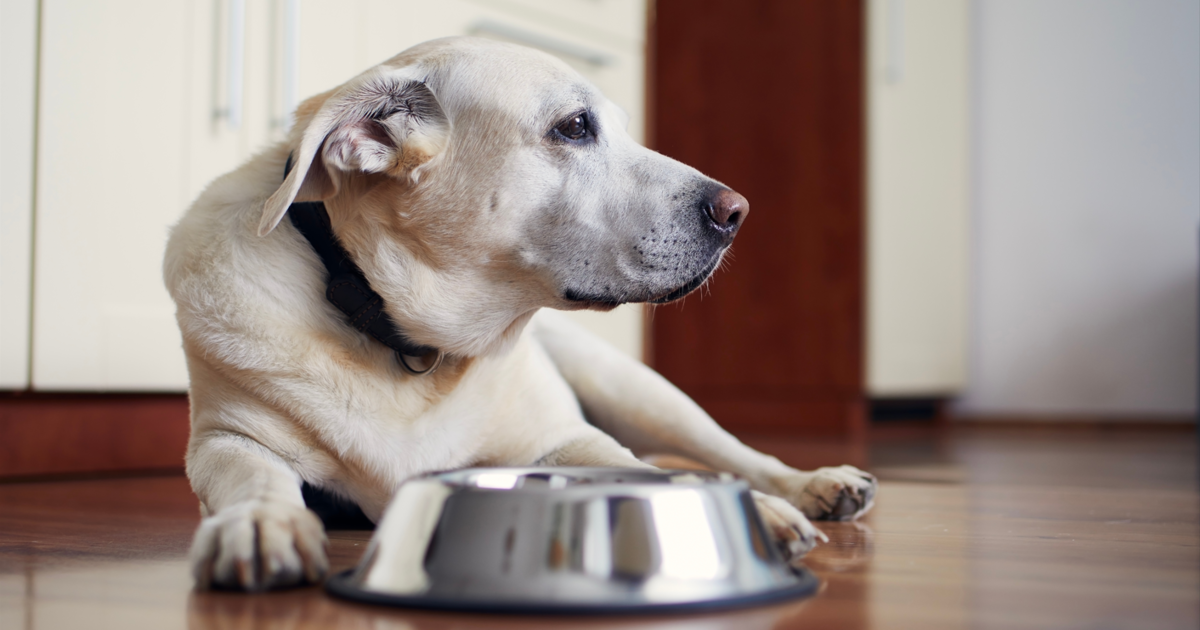



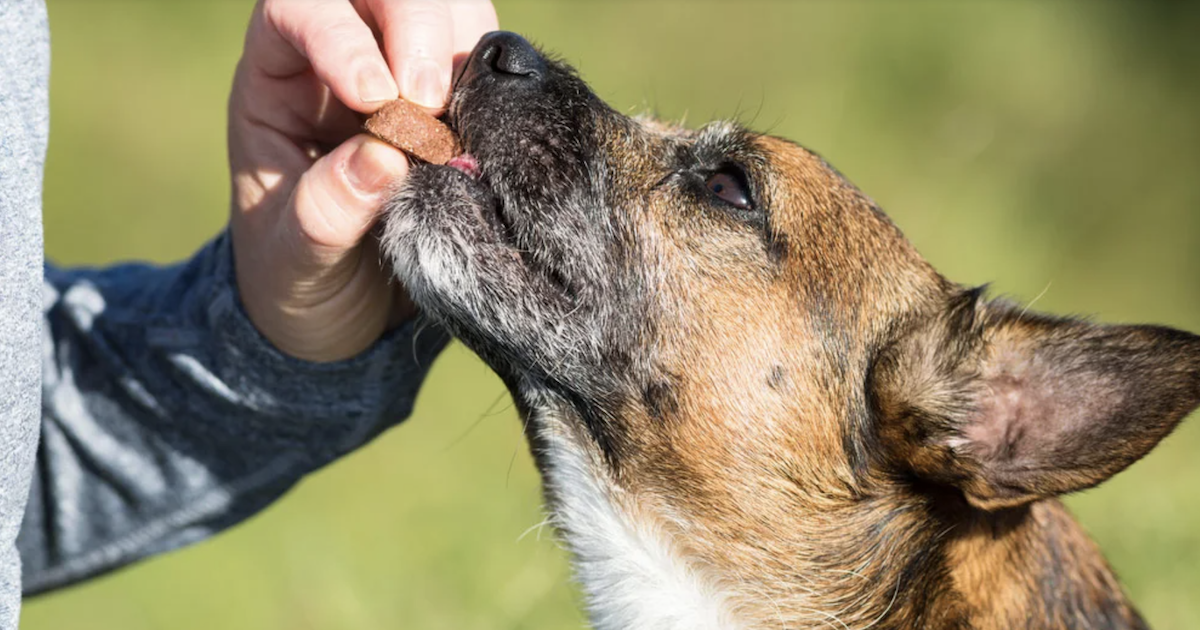




 English (US) ·
English (US) ·